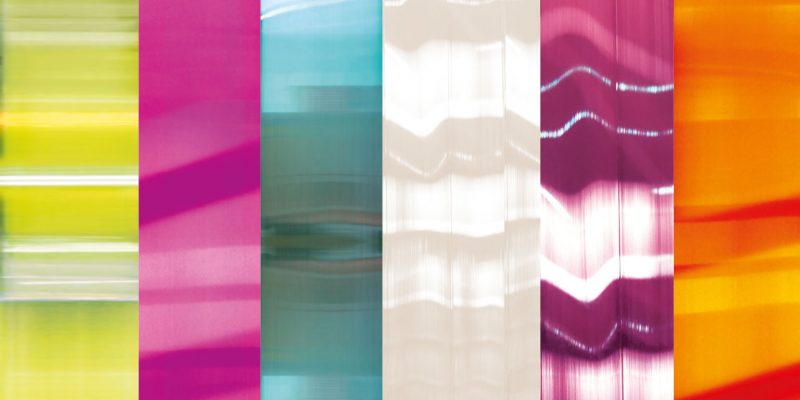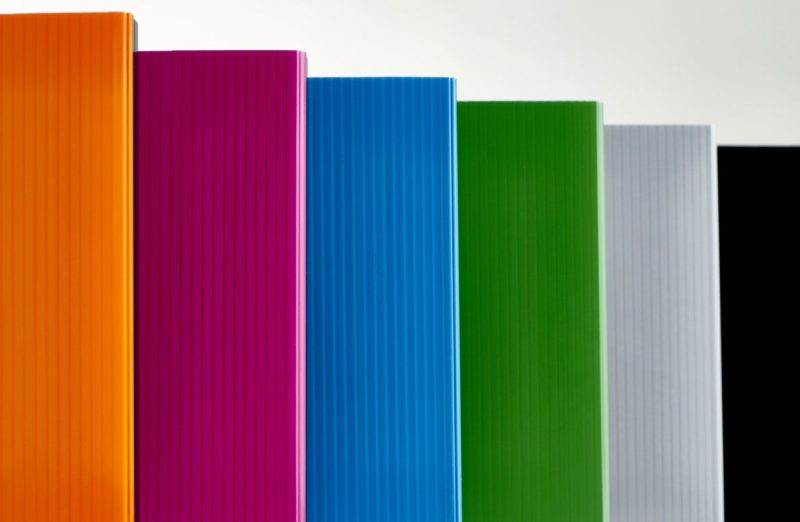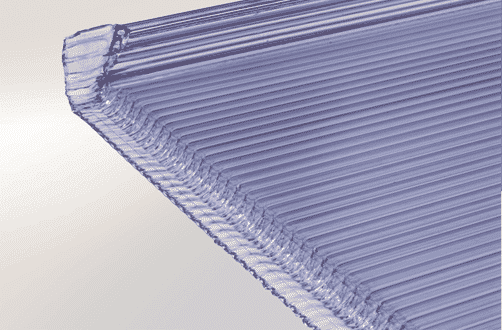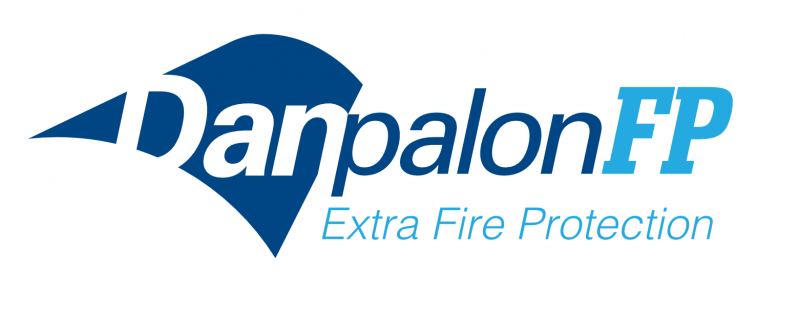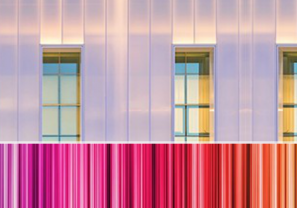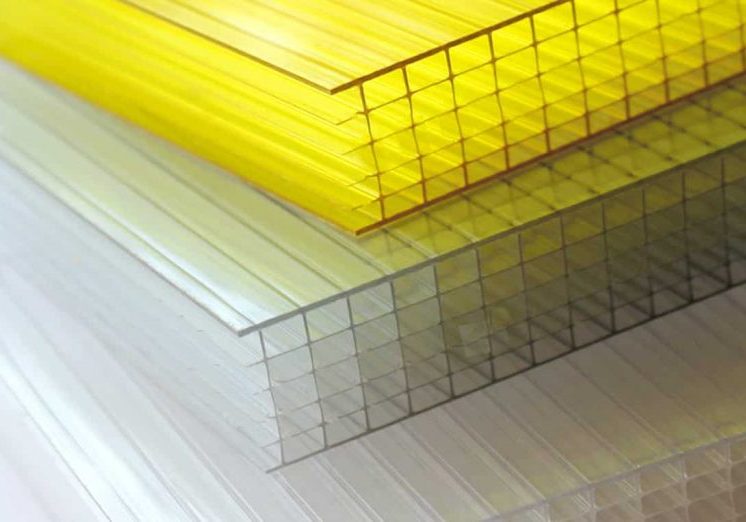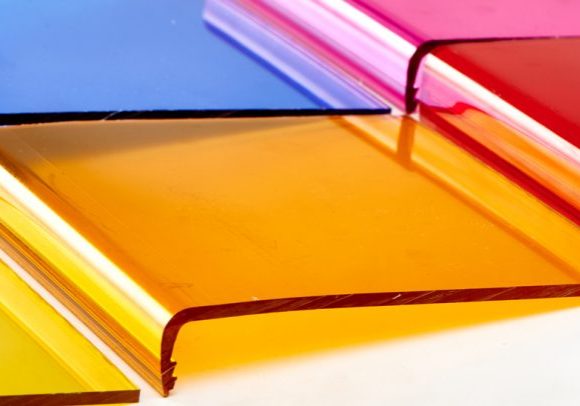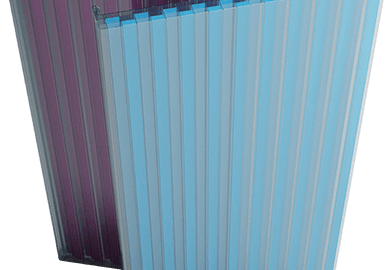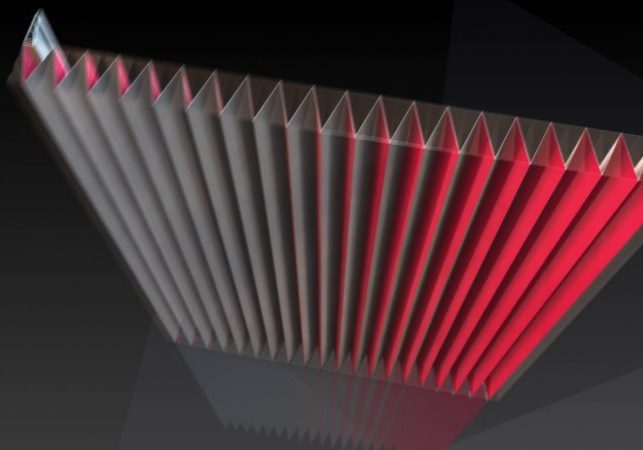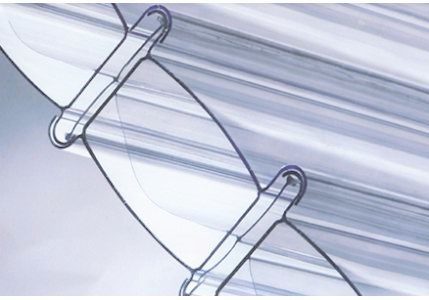Softlite for Visual Comfort
Danpalon® polycarbonate glazing panels can greatly diminish glare and reduce the “neon” effect with our exclusive Softlite treatment.
Softlite is a 100% permanent matte finish applied during manufacturing to one or both external surfaces of our panels. This finish provides optimal visual comfort and diffuses light like no other, whatever the exposure or type of building.
Available for Danpalon® Microcell, 3DLite and Kinetic panels from any colour range.

Reflective for Thermal Comfort
Cool down with heat reflecting panels.
Danpalon® Microcell and Compact glazing panels are available in a Reflective colour range. These heat reflective panels have millions of flat metallic “mirror-like” particles dispersed through them. The light can pass between the particles while the heat is reflected away.
Highly recommended for north or west facing façades and roofing to achieve the optimal summer comfort.

From Translucent to Opaque
For bright colours with a metallic, lacquered appearance, opaque Danpalon® panels are available in a wide range of tints.
With Danpal’s translucent range, the appearance of the building changes with the light and reflections projected onto façades and roofing at different times of day.

Bicolour for The Best Of Both Worlds
Can’t decide between two colours? Why not have both!
The Danpal bicolour option offer different colours on the two faces of one panel, enabling you to perfectly adapt your façades and internal walls to the effect you desire, both inside and outside without a double-glazing system. Providing you with the ultimate flexibility, there’s no need to compromise on colour.
Available in the colours of your choice for Danpalon® Microcell panels as a special order – design without limitation.

Low E to Reduce Solar Heat Gain
Improve insulation performance with infrared.
The Danpalon® Microcell panel is available in the colour Pearl Lilac, an infrared (low E) finish.
This unique pearlescent finish significantly limits solar heat gain without affecting light transmission levels. It works by selectively blocking solar radiation that is part of the non-visible light spectrum. This leads to a reduction in solar loads, enabling significant reductions in air conditioning costs and carbon emissions.


